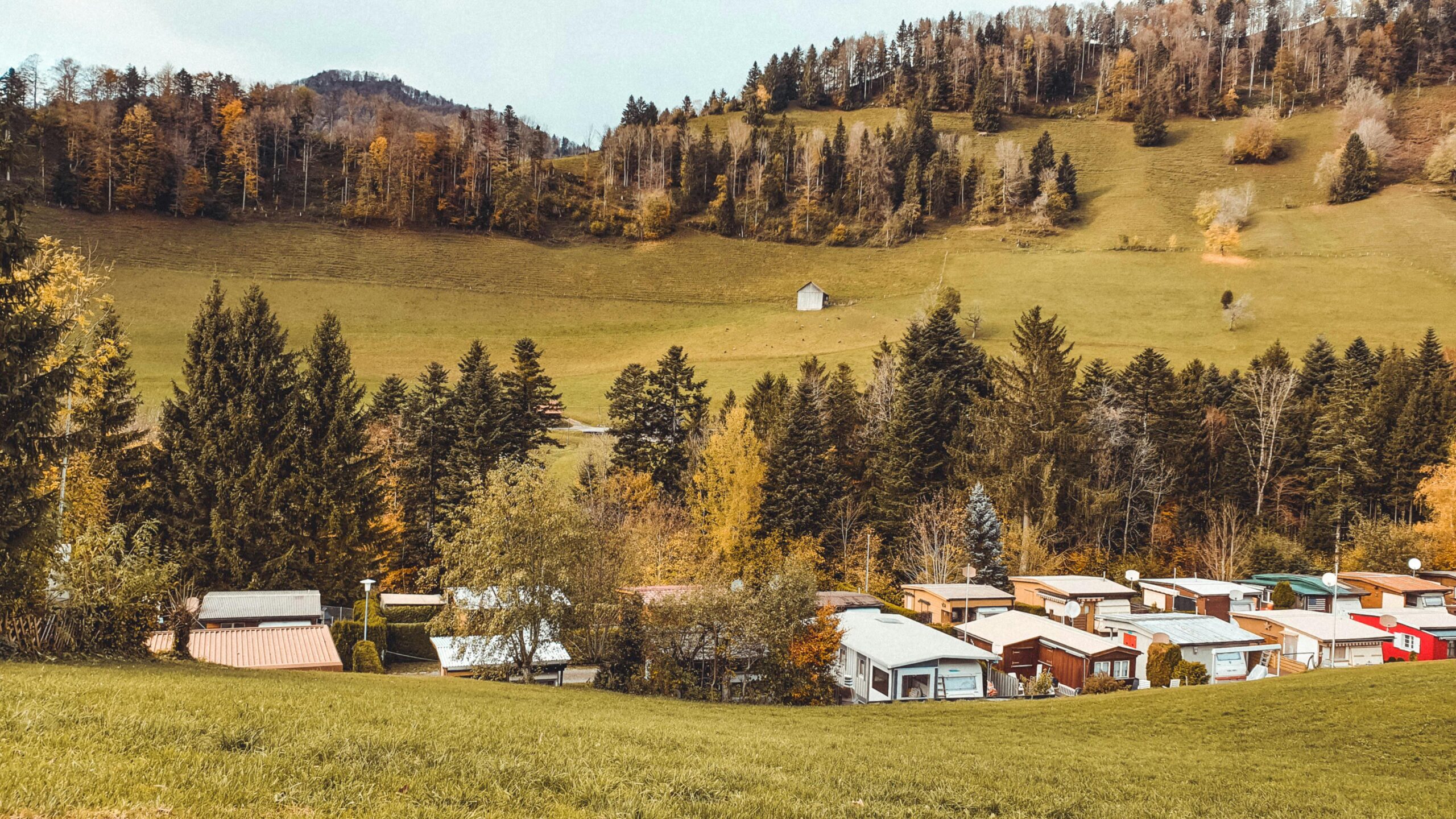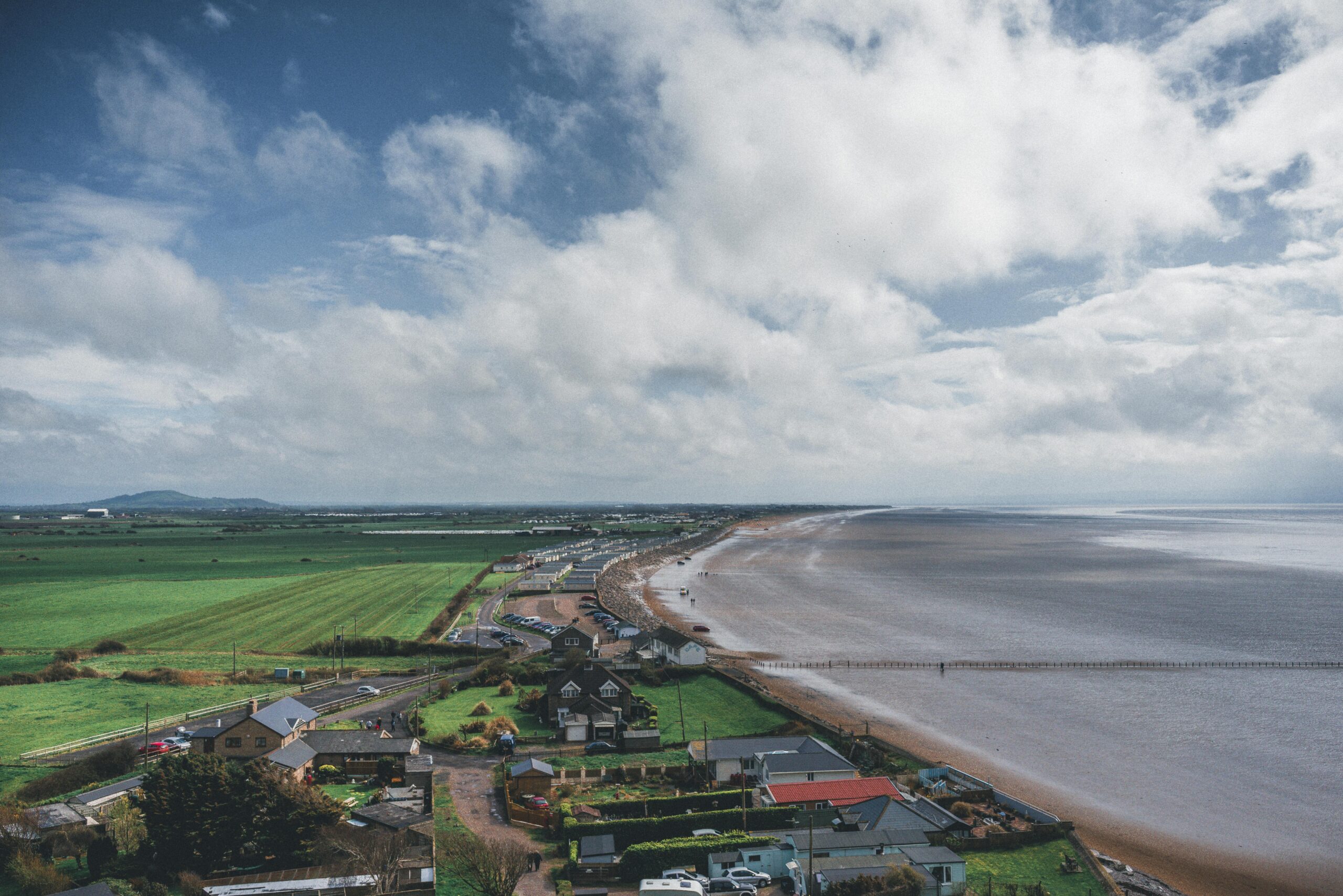
Seasonal homes, often referred to as vacation homes or second homes, play a key role in America’s housing market, particularly in counties that attract tourists, retirees, and outdoor enthusiasts. These properties are typically occupied for only part of the year and are often located near coastlines, lakes, mountains, or other vacation destinations.
As remote work continues to enable flexible living, and baby boomers move closer to retirement, seasonal housing markets are experiencing renewed attention. Below are some of the top U.S. counties leading in seasonal housing sales based on data from recent years.
1. Summit County, Colorado
Nestled in the Rocky Mountains, Summit County is home to several of the most popular ski resorts in the United States—Breckenridge, Keystone, and Copper Mountain, to name a few. The breathtaking alpine scenery and year-round recreational opportunities make it a hot spot for second-home buyers.
Over 60% of housing units in Summit County are classified as seasonal or recreational use. With both winter sports and summer hiking drawing in crowds, Summit has one of the highest concentrations of vacation homes in the country. Buyers are often drawn to the area’s well-developed resort infrastructure and relatively short drive from Denver.
2. Lee County, Florida
Located on Florida’s Gulf Coast, Lee County includes the cities of Fort Myers and Cape Coral, as well as barrier islands like Sanibel and Captiva. Its warm climate, beautiful beaches, and abundance of golf courses make it a top destination for seasonal residents, particularly snowbirds from the Midwest and Northeast.
Seasonal housing sales in Lee County surged during and after the COVID-19 pandemic, as many buyers looked to escape crowded urban areas. Florida’s tax-friendly environment and the county’s relaxed coastal lifestyle continue to attract new buyers and investors alike.
3. Worcester County, Maryland
Worcester County may not be a household name, but it includes Ocean City—Maryland’s most popular beach destination. The county has long been a magnet for seasonal homebuyers from Washington, D.C., Baltimore, and Philadelphia.
Oceanfront condos and townhouses are especially popular, and the area experiences a sharp population spike in the summer months. More than 45% of Worcester County’s housing is seasonal. Recent years have seen increased interest as buyers seek more affordable alternatives to pricier East Coast beach towns.
4. Barnstable County, Massachusetts
Barnstable County encompasses all of Cape Cod, one of the most iconic seasonal destinations in the United States. Known for its charming towns, sandy beaches, lighthouses, and historic homes, Cape Cod has long been a favorite for both weekenders and retirees from the Boston metro area and beyond.
Approximately 40% of the housing stock in Barnstable County is designated for seasonal use. With inventory tightening and property values rising, Cape Cod’s real estate market has remained highly competitive, especially in towns like Chatham, Provincetown, and Falmouth.
5. Garfield County, Utah
Garfield County, located in southern Utah, is home to Bryce Canyon National Park and offers access to stunning red rock landscapes. Though sparsely populated, the county has seen growth in seasonal home purchases thanks to the popularity of southern Utah’s national parks and natural wonders.
Buyers are drawn to Garfield County for its tranquility, low cost of living, and outdoor activities like hiking, ATV riding, and stargazing. It may not be as well-known as some ski resort counties, but it’s gaining traction as a seasonal haven for nature lovers and adventure seekers.
6. Mono County, California
Mono County sits on the eastern side of the Sierra Nevada and includes the resort town of Mammoth Lakes. Known for its ski slopes, alpine lakes, and proximity to Yosemite National Park, Mono has become a sought-after destination for seasonal homeowners from Southern California.
More than 60% of the county’s housing units are used seasonally, with a heavy influx of residents during ski season and summer. Rising home prices in Los Angeles and San Francisco have driven many to explore the more remote, scenic lifestyle that Mono County offers.
7. Bayfield County, Wisconsin
Located along Lake Superior in northern Wisconsin, Bayfield County is an underrated gem for seasonal housing. The area offers a mix of lakeside cabins, forest retreats, and quaint towns like Bayfield itself, which is the gateway to the Apostle Islands.
A significant portion of the county’s housing stock is used on a seasonal basis, particularly during the summer and early fall. Residents from the Twin Cities and Chicago often look to Bayfield as a nearby escape with boating, hiking, and small-town charm.
8. Carteret County, North Carolina
Carteret County, which includes popular coastal areas like Atlantic Beach and Emerald Isle, is part of North Carolina’s Crystal Coast. Its beautiful beaches, fishing communities, and mild weather make it a strong draw for seasonal homebuyers, particularly retirees and vacation rental investors.
With its relative affordability compared to other East Coast beach towns, Carteret County has seen steady growth in second-home sales. Many properties are used both as family vacation spots and as income-generating short-term rentals.
What Drives Seasonal Home Sales?
Seasonal housing markets are influenced by several key factors:
-
Location & Lifestyle: Proximity to beaches, mountains, or national parks can significantly boost seasonal home demand.
-
Climate: Warmer states like Florida and Arizona are popular in winter, while cooler mountain or lakeside locations attract summer visitors.
-
Tax Advantages: States with no income tax or lower property taxes often appeal to seasonal homebuyers.
-
Remote Work Flexibility: The rise of telecommuting has made owning a second home more viable for working professionals.
-
Short-Term Rentals: Many buyers use their seasonal homes as vacation rentals when not in use, generating additional income.
Challenges to Watch
While seasonal homes are in demand, they come with challenges:
-
Limited Inventory: High demand can drive up prices and limit availability, especially in smaller counties.
-
Zoning and Rental Restrictions: Some counties are cracking down on short-term rentals, which may affect buyers planning to rent out their properties.
-
Maintenance Costs: Seasonal homes still require year-round maintenance, even when unoccupied.

Final Thoughts
From the ski slopes of Colorado to the sun-kissed beaches of Florida and the scenic lakes of Wisconsin, seasonal housing markets across the U.S. are thriving. Counties like Summit, Lee, and Barnstable continue to lead the way, but lesser-known areas such as Garfield and Bayfield are also gaining popularity among buyers seeking a second home or a peaceful retreat.
As the trend toward remote and flexible living continues, seasonal homes are no longer just for retirees or the ultra-wealthy. For many Americans, owning a home in a favorite getaway location is becoming a reality—and these counties are showing the strongest signs of sustained seasonal demand in the years ahead.





